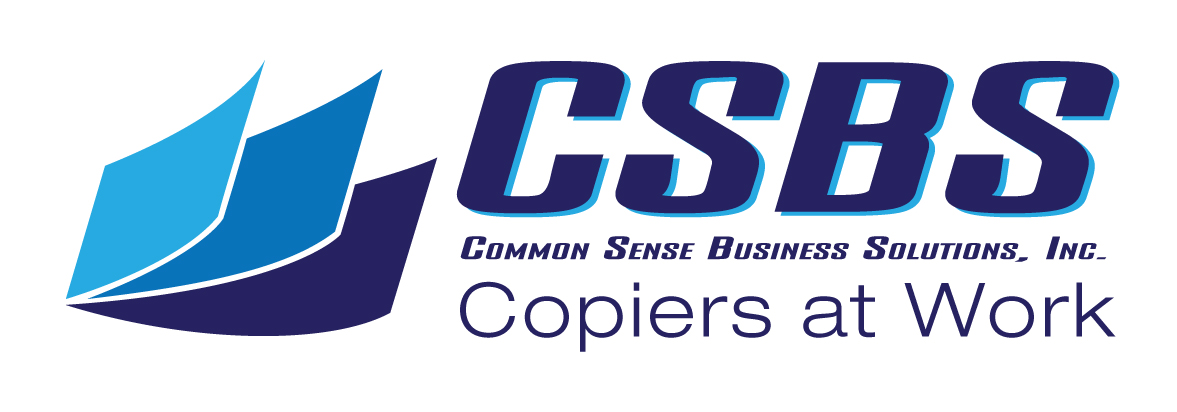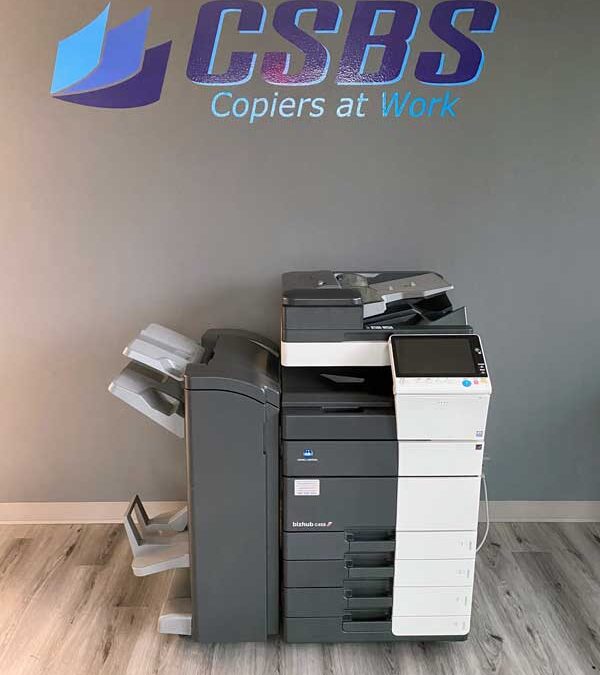We live in a truly amazing and rapidly changing world, and this even shows up in how a business facility operates. A concept known as smart businesses, or smart offices, has begun to take hold as companies look to keep up with technology trends.
Many of us have heard of “smart homes”, an interactive and wi-fi connected home concept partly pioneered by Microsoft co-founder Bill Gates.
Nicknamed Xanadu 2.0 after the fictional home in Citizen Kane, the Lake Washington home is 66,000 square feet in size, took seven years to build, and cost over $60 million. As a smart home, it boasts some of the most advanced technology in the world today. So much so, in fact, that it requires an estate wide-server system to handle all the gadgets.
A smart business might seem modest in comparison, but is a generation beyond the old school way of doing things.
What Is a Smart Business?
 For the sake of clarification, it might help to review some descriptions and definitions.
For the sake of clarification, it might help to review some descriptions and definitions.
One source describes it this way,
“A smart office is a workplace where technology enables people to work better, faster and, of course, smarter. Beacons, sensors and mobile apps help employees perform menial tasks better and faster, so they have enough time to focus on growing businesses and innovating.”
Another description notes that,
“A smart office is a workplace where modern technology is leveraged to help employees work smarter, better, and faster. This can be achieved by clearing the way of hurdles for the employees. By removing menial tasks and unnecessary obstacles – activities that drain time and energy from the workforce – smart office solutions lets employees focus on what really matters.
Typically, a smart office solution consists of a suite of technologies that connect with the employees, the building and existing IT infrastructure to achieve these goals.”
And, just to be clear, here’s one more definition for us,
- A place designed for flexibility. Flexible in the way that it is accessible and used every day and it is open for changes and innovation over time.
- Enabled by technology which efficiently supports the needed ways of planning and performing work.
- Enhanced by the services provided both regarding function, convenience and experience.
- Sustainable in every possible way balancing both economical, environmental and social aspects.
Essentially, one could sum it up by saying that a smart business is one that uses technology to help it’s employees work more productively and efficiently, whether they are working on site, or working remotely by connecting with their in-office team.
What Makes a Business “Smart”?
Obviously, technology is at the heart of a smart business structure, but – as many sources point out – the purpose is to benefit the employees. In other words, a smart business is not tech-centric for the sake of technology.
If technology doesn’t help employees it’s not necessary.
Some of the common features that make up a smart business include:
IoT sensors
If you are unfamiliar with the term, IoT is an abbreviation for Internet of Things. These sensors form the foundation of a smart office and business, and must be implemented in order to make use of most all other smart technology.
These sensors are comprised of indoor motion-detecting devices using infrared, ultrasonic, microwave, or a similar technology for detecting occupancy. The data captured is shared with other platforms that analyze and provide information on office usage.
Smart Climate Control
Although it may still be a challenge to agree on a temperature range that works for everyone, it can be far easier with smart, or intelligent, climate control. These smart HVAC systems track workplace usage patterns and can automatically regulate temperature accordingly. This creates greater system efficiency, while reducing the carbon footprint and increasing employee comfort.
Smart Lighting
Smart lighting can potentially reduce energy costs by as much as 90 percent. According to Gartner. Smart lighting makes use of IoT sensors and controls and consists of LED lighting, along with connectivity and analytics.
The IoT sensors detect motion in a room and will turn the lights on or off, and control the lighting levels as needed.
Intelligent Video Monitoring
Used well, smart video monitoring increases security in workplaces and can provide information for facilities managers on how office spaces are being used. State-of-the-art video cameras now have wide-angle views, advanced zoom capabilities and low light functionality. They can also be accessed on both desktops and smartphones, while allowing users to monitor multiple locations at once with split screen viewing.
Smart Conference Rooms
An interconnected conference room is comprised of smart technology that can streamline the meeting process in a business. These features can include items such as hot desks, phone booths, and so-called “huddle spaces.”
In addition, a meeting management platform can monitor shared office space usages, including conference rooms. This can speed the booking process for rooms by allowing users to find and reserve available conference rooms.
Smart Businesses Can Mean Interconnected Printers, Too
An all-in-one, or multifunction printer, that’s also a wireless printer has many advantages for small business owners.
Save time, space, money and energy by having everything in one place and print, scan, fax, email, and store data to the cloud with one device. Having the ability to store data and email is one of the best parts of having a multifunction wireless printer.
Another advantage to a wireless printer is the fact that you can store it just about anywhere that you can pick up an Internet connection. Unlike a hardwired printer, you have much greater latitude and can place your wireless printer anywhere within range of the network and anywhere where a power supply happens to be.
The good news is that your wireless printer will be protected by the same safeguards as any other wireless device on the network. Having a wireless printer on your network does not make the network less secure for anyone on the network.
Top 10 FAQs About Smart Businesses: Your Comprehensive Guide
1. What is a Smart Business?
A smart business leverages modern technology to optimize workplace efficiency and employee productivity. Unlike traditional businesses, smart businesses integrate technologies like IoT sensors, smart climate control, and intelligent video monitoring to streamline operations and reduce energy consumption. By utilizing these advanced systems, businesses can focus more on innovation and growth while cutting down on time-consuming tasks.
2. How Does a Smart Office Differ from a Traditional Office?
A smart office is designed to enhance productivity by incorporating technology that automates mundane tasks and optimizes work environments. Unlike traditional offices, where manual processes dominate, smart offices use tools like smart lighting, IoT devices, and intelligent climate control to create a more efficient and comfortable workspace. This shift not only boosts employee morale but also significantly cuts operational costs.
3. What Are IoT Sensors and How Do They Benefit Businesses?
IoT (Internet of Things) sensors are devices that collect and share data to improve various aspects of business operations. In a smart office, these sensors detect occupancy, monitor energy usage, and control lighting and temperature. By using IoT sensors, businesses can reduce energy costs, enhance security, and provide a more tailored work environment for employees, leading to better overall productivity.
4. How Does Smart Climate Control Work in a Business Setting?
Smart climate control systems use data collected from IoT sensors to automatically adjust the temperature in different areas of a workspace. These systems learn from employee patterns and preferences, ensuring a comfortable environment while optimizing energy use. This technology not only improves employee comfort but also reduces the company’s carbon footprint by minimizing unnecessary energy consumption.

5. What Are the Advantages of Smart Lighting in an Office?
Smart lighting systems use sensors to automatically adjust lighting based on room occupancy and natural light levels. This technology can reduce energy costs by up to 90%, according to Gartner. By ensuring that lights are only on when needed and dimming them in response to daylight, businesses can significantly lower their energy bills while providing optimal lighting conditions for their employees.
6. How Can Intelligent Video Monitoring Improve Office Security?
Intelligent video monitoring systems enhance office security by providing real-time surveillance with advanced features like wide-angle views, zoom capabilities, and low-light functionality. These systems can be accessed remotely, allowing business owners to monitor multiple locations simultaneously. Besides security, these systems also provide valuable insights into how office spaces are used, helping to optimize workspace layouts.
7. What Role Do Smart Conference Rooms Play in a Smart Office?
Smart conference rooms are equipped with interconnected technology that streamlines the meeting process. Features like hot desks, phone booths, and huddle spaces allow for flexible and efficient collaboration. Additionally, meeting management platforms can monitor and reserve conference rooms, reducing the time spent searching for available spaces and ensuring meetings start on time.
8. Can Smart Printers Benefit Small Businesses?
Absolutely! Smart printers, especially all-in-one wireless models, offer numerous benefits for small businesses. They save space by combining printing, scanning, faxing, and emailing capabilities into one device. These printers can be placed anywhere within the office’s Wi-Fi range, providing flexibility. Additionally, they offer cloud storage and secure data handling, ensuring that your business information is both accessible and protected.
9. Are Smart Businesses Environmentally Sustainable?
Yes, smart businesses are often more sustainable than traditional businesses. By using technologies like smart lighting, climate control, and IoT sensors, these businesses reduce energy consumption and lower their carbon footprint. Moreover, many smart business solutions are designed with sustainability in mind, balancing economic, environmental, and social aspects to create a more responsible and efficient workplace.
10. What Are the Key Benefits of Transitioning to a Smart Business?
Transitioning to a smart business offers numerous benefits, including increased efficiency, reduced operational costs, and improved employee satisfaction. By automating routine tasks and optimizing work environments, smart businesses allow employees to focus on more strategic activities. This shift not only enhances productivity but also positions the company as a forward-thinking, tech-savvy leader in its industry.




